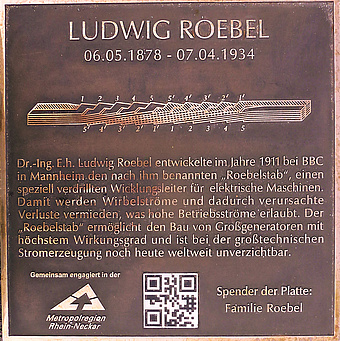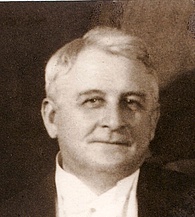
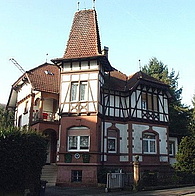
Ludwig Roebel was born on May 6, 1878 in Kusel, Palatinate, where he grew up with his two older brothers Robert and Franz.
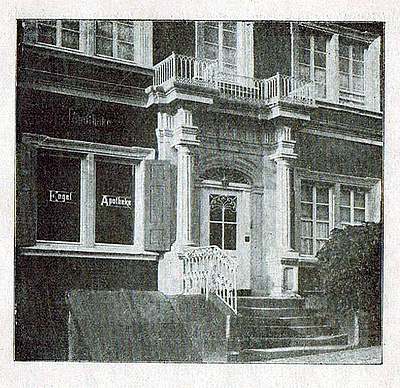
His parents Wilhelm and Susanna are owners of the Engel pharmacy and his father is also mayor of Kusel until 1914.
Ludwig attends high school in Landau. There his passion for technology is awakened. After graduating from high school, he studied electrical engineering at the Technical University in Munich for eight semesters and remained at the university as an assistant for several years after graduating in 1902. From 1905, he works as an electrical engineer at Siemens-Schuckert-Werke in Nuremberg, where electric motors are manufactured. In 1909 he came to Mannheim and worked as a test engineer at BBC in Käfertal, the largest BBC plant in Germany at the time. Here, just two years later, he succeeds in making his most important invention, the Roebel rod named after him.
At the beginning of the twentieth century, the demand for electricity had risen sharply and required increasingly powerful generators. However, major problems arose in their construction. Until then, the stator windings of alternators had consisted of solid copper rods arranged in parallel.
As a result of stray magnetic fields, however, eddy currents are generated in this design, which displace the current to the outermost edge of the copper bars and no longer allow it to flow through the entire conductor cross-section. As a result, the resistance increases, and the copper rods, and thus the generator itself, become very hot. Even thicker copper rods do not bring any relief. Generator outputs greater than twenty megawatts are therefore impossible to achieve.
A small experiment at Technorama in Winterthur illustrates the effect of eddy currents. There, seven rods made of different materials have been arranged vertically. If the magnetic rings surrounding them are allowed to fall, it is found that the rings fall at different speeds. The magnetic field of the rings penetrates the material of the rods, sets free electrons in motion there and generates eddy currents. If the rod is a good conductor, such as a copper rod, there are strong eddy currents and a correspondingly powerful braking effect. If the rod is made of electrically non-conductive material, no braking effect is observed.
This connection between magnetic fields and electric currents was first recognized by the physicist Heinrich Emil Lenz and described as early as 1833, known as "Lenz's rule". This is how an eddy current brake, also known as an induction brake, works. It can even slow down an ICE railcar, a roller coaster or the Freefall Tower. This shows the enormous forces involved.


In 1911, Ludwig Roebel found out how to avoid eddy currents: he divided the solid copper rod into several flat copper strips insulated from each other and arranged them by "twisting" in such a way that they were intertwined, continuously passing through a change of layers in the cross-section of the overall conductor. At the ends, the partial conductors are reconnected to form a rod, the Roebel rod.
In this way, the eddy currents cancel each other out and the current can flow almost uniformly through the entire cross-section of the rod. It was only after Roebel's invention that large generators could be built, starting in 1912, with which electric current could now be produced inexpensively.
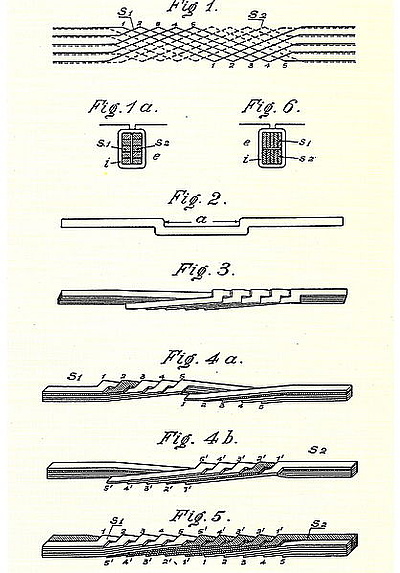
BBC applies for a patent for the "conductor for electrical machines", which is granted on March 19, 1912.
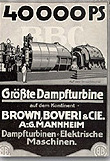
The Roebelstab starts its triumphal march around the world from Mannheim. The name Roebelstab became internationally accepted and even the verb "verroebeln" was used for the production of the rod. Patents follow in the USA, Switzerland, Austria, France, Italy, England and Czechoslovakia. This has great economic significance for BBC. From now on, when large generators are built, the companies have to pay royalties to BBC. BBC also owes a huge lead over the competition to the Roebelstab. As early as 1914, BBC is commissioned to build what was then the world's largest turbine group with an output of 29.4 megawatt hours (40,000 hp) for the Elverlingsen power plant near Iserlohn.
In 1919, Ludwig Roebel is given power of attorney.
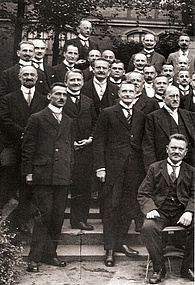
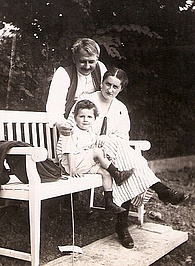
And he also finds happiness in his private life. He marries Emilie Eccard, head nurse at the Freiburg Children's Hospital. The young couple lives in the Augustaanlage. Son Hans is born there in 1921. In 1924, the family moves into their own house in Otto-Beck-Strasse.
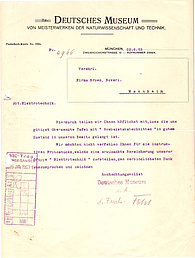
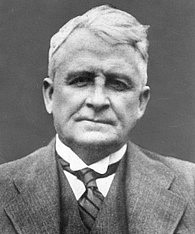
In 1925, BBC appoints Ludwig Roebel as technical director, responsible in particular for the electrical machines test field and the high-voltage laboratory. In the years that followed, Roebel made further inventions. Among other things, he also worked on improving oil wipers for generator bearings, welding generators and reactance reactors.
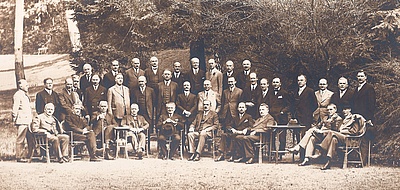
In recognition of his outstanding contribution to the development of electrical engineering, the Technical University of Gdansk awards Ludwig Roebel an honorary doctorate on July 11, 1933.
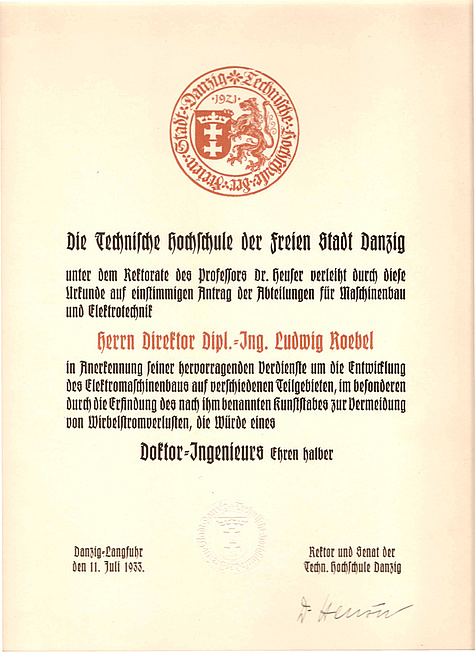
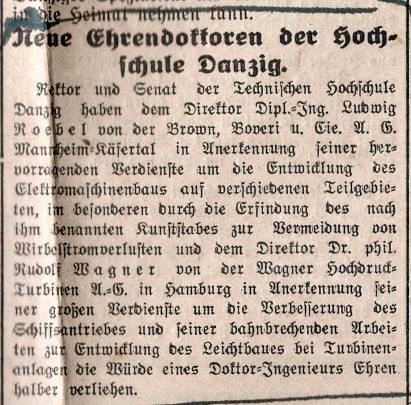
Completely unexpectedly and all too soon, Dr. Ludwig Roebel dies shortly before reaching the age of 56 on April 7, 1934, in Königsfeld in the Black Forest, where he is planning to spend his Easter vacation and recuperate with his wife and thirteen-year-old son Hans. However, shortly after his arrival, he falls unconscious and dies three days later, presumably as a result of a head injury sustained at work.
Many obituaries pay tribute not only to his professional achievements and sense of duty, but also to his great human warmth, kindness, modesty and sincerity, his sense of justice and his life-affirming cheerfulness.
His invention, however, lives on. To this day, the Roebel rod forms the basis for the construction of large generators and electric motors and remains indispensable. The BBC generator plant later became part of ABB, then Alstom, and unfortunately closed in 2008. Today, Roebelstraße in Mannheim Käfertal commemorates the great inventor.


